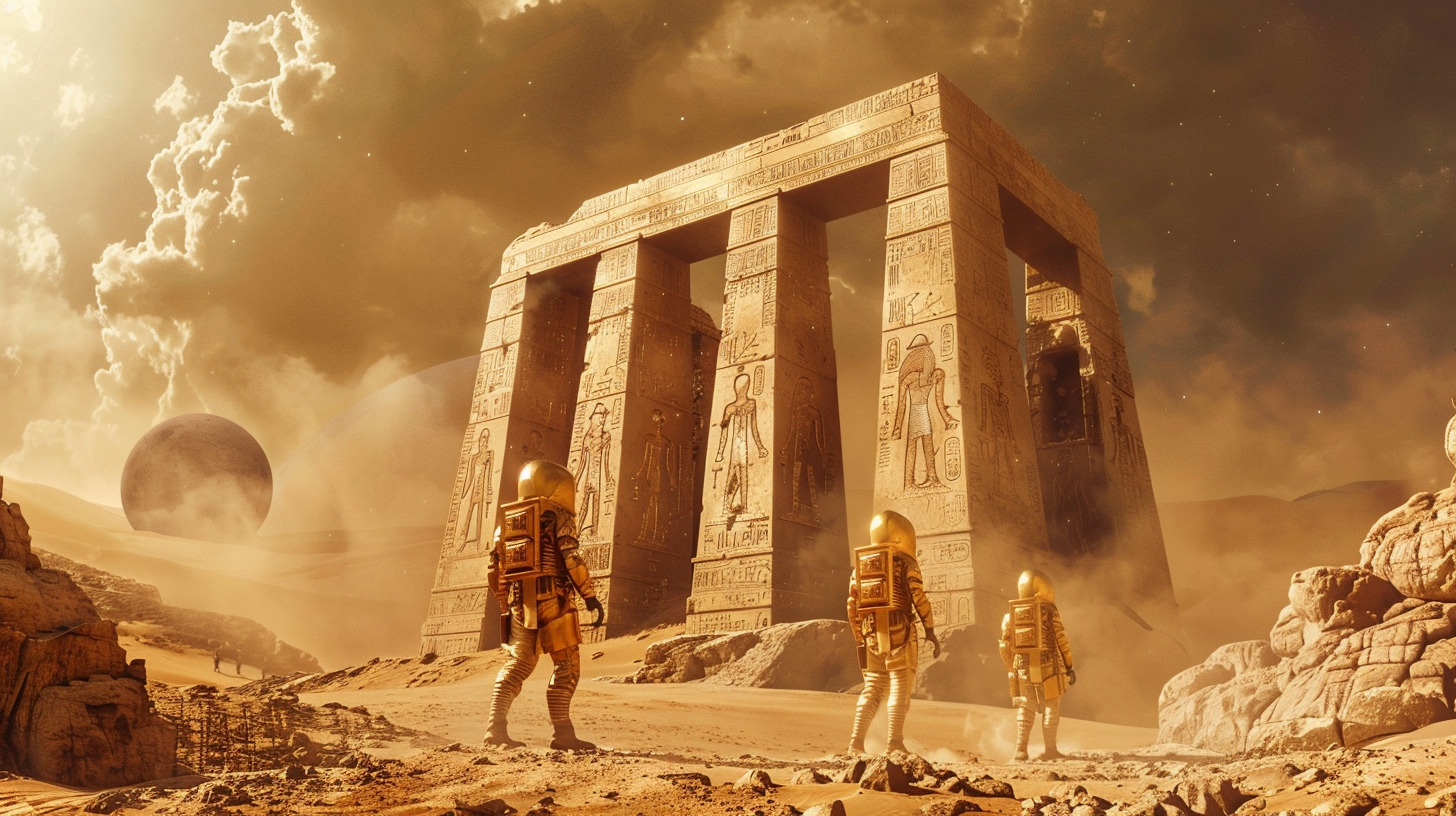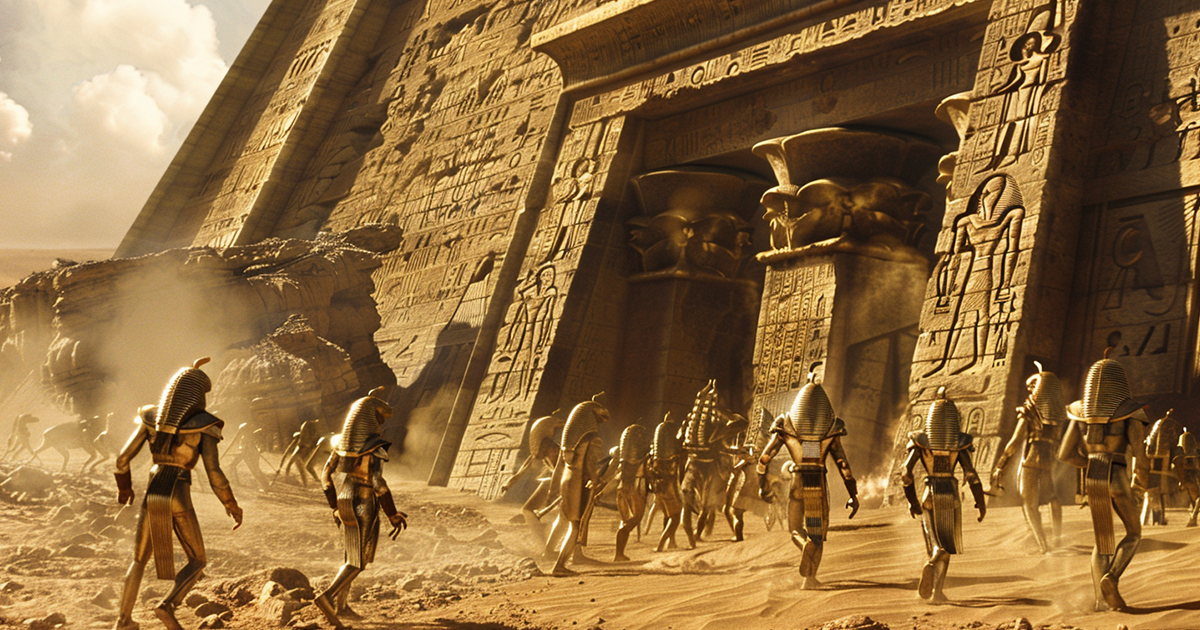Nestled in the heart of Egypt lies the enigmatic Osirion Temple, a testament to ancient architectural prowess. Its construction, featuring precision-cut megaliths and intricate design, defies conventional understanding and hints at advanced knowledge or outside influence. Let’s delve into the mysteries of the Osirion Temple and explore the unconventional techniques employed in its creation.
The Osirion Temple, located near the Temple of Seti I in Abydos, Egypt, is a unique structure shrouded in mystery. Believed to date back to the reign of Pharaoh Seti I or his son Ramses II, the temple stands out for its unconventional construction techniques and distinctive architectural features. Unlike other temples of its time, the Osirion Temple is characterized by massive stone blocks, meticulously cut and fitted together with astonishing precision.
One of the most striking features of the Osirion Temple is its use of megalithic stones, some weighing up to 100 tons, arranged in intricate patterns with seamless joints. The precision with which these stones were cut and placed challenges the capabilities of ancient Egyptian stonemasons and engineers. How were they able to achieve such remarkable feats of craftsmanship with the tools and technology available at the time?

Some researchers propose that the construction techniques employed in the Osirion Temple may have been influenced by advanced knowledge or outside sources. The precision-cut megaliths and intricate design elements bear resemblance to structures found in other parts of the world, leading to speculation about possible cultural exchange or ancient civilizations with advanced technological capabilities.
Moreover, the Osirion Temple’s location and design suggest a deeper significance beyond its architectural marvels. Dedicated to Osiris, the god of the afterlife and resurrection, the temple may have served as a ceremonial site for rituals and religious ceremonies associated with death and rebirth. The subterranean chambers and water channels within the temple complex add to its mystique, hinting at symbolic interpretations and esoteric meanings.
However, skeptics offer alternative explanations for the construction of the Osirion Temple, attributing its precision and complexity to the ingenuity and craftsmanship of ancient Egyptian artisans. They argue that while the temple’s construction may seem unconventional by modern standards, it is not necessarily indicative of outside influence or advanced knowledge beyond the capabilities of ancient civilizations.
In conclusion, the Osirion Temple stands as a testament to the ingenuity and architectural prowess of ancient Egypt. Its unconventional construction techniques and intricate design continue to fascinate researchers and enthusiasts, sparking debate and speculation about the origins of its builders and the secrets concealed within its walls. Whether viewed as a product of advanced knowledge, cultural exchange, or human ingenuity, the Osirion Temple remains an enduring symbol of Egypt’s rich and enigmatic past.

16 thoughts on “Decoding the Osirion Temple: Ancient Architectural Marvels and Unconventional Techniques”
Comments are closed.